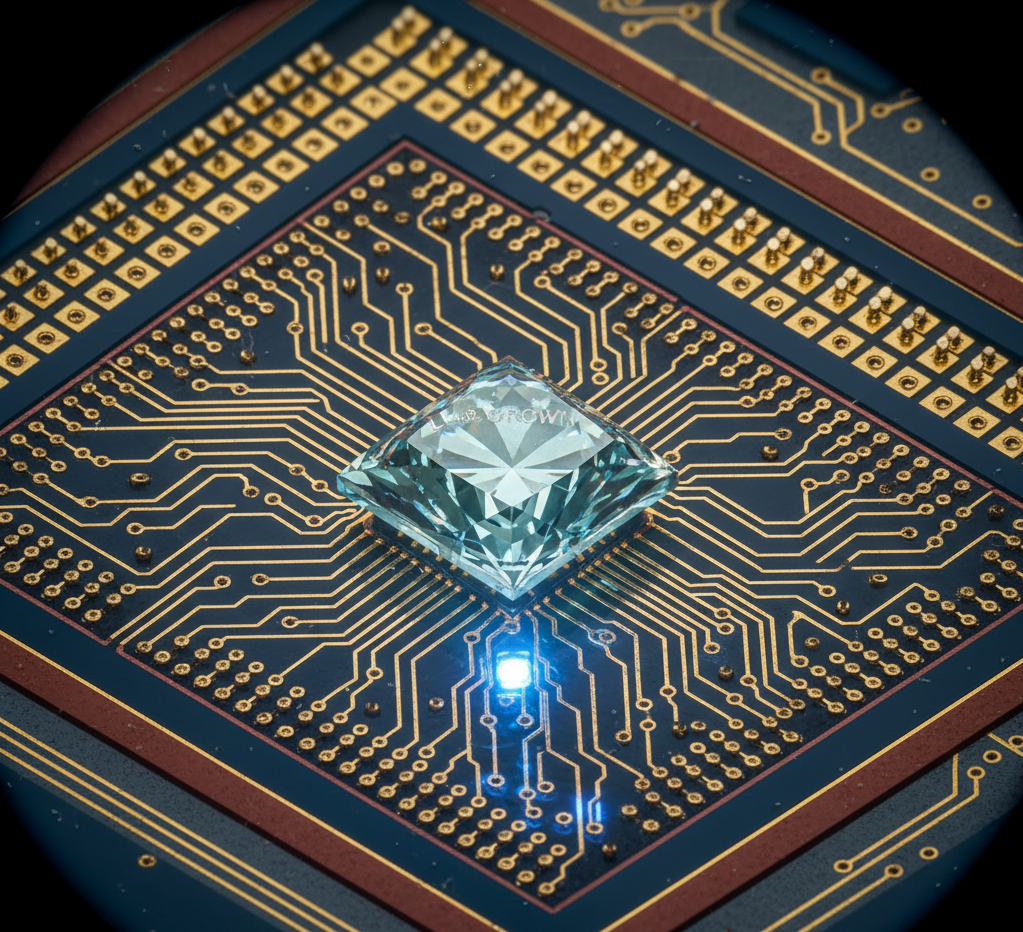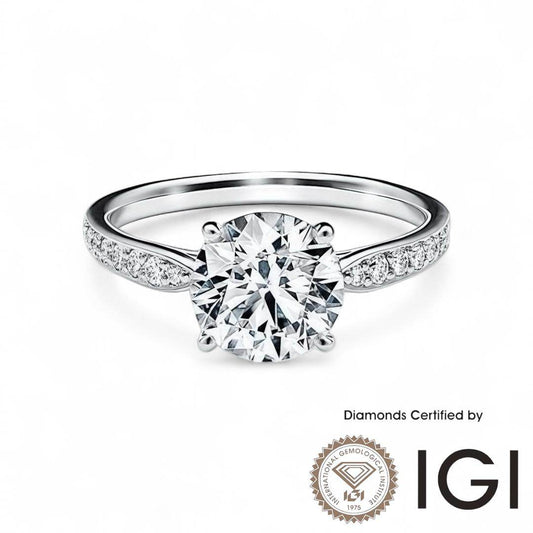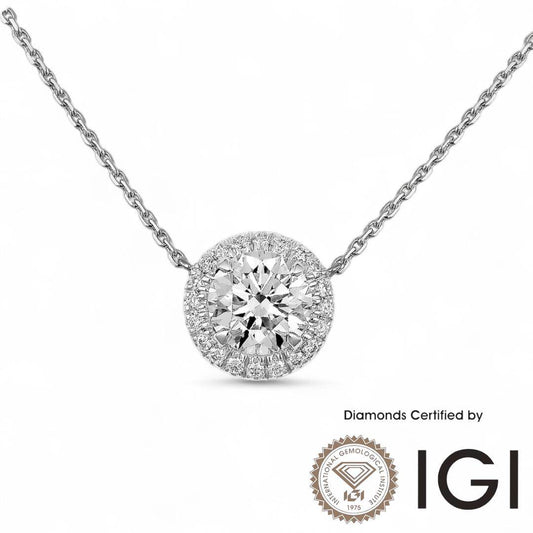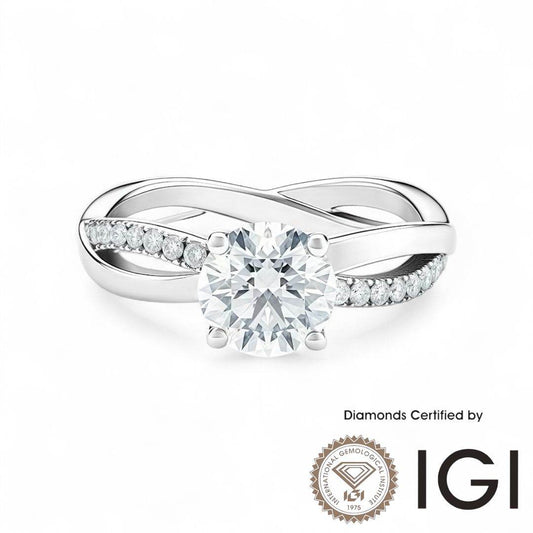Lab-Grown Diamonds: Industrial Uses, Electronics, Sustainability & Daily Impact
What Are Lab-Grown Diamonds?
Lab-grown diamonds are real diamonds — pure carbon crystals formed in controlled laboratory environments that replicate natural diamond formation. They are chemically, physically, and optically identical to mined diamonds but are produced in weeks or months rather than billions of years.
- Identical composition: same atomic structure and properties as mined stones.
- Faster production: weeks to months, not geological timescales.
- Ethical and traceable: no open-pit mining or conflict risks.
- Lower cost: typically 30–50% less than equivalent mined diamonds.
Why it matters: Lab-grown diamonds offer identical performance with improved traceability and often a lower environmental footprint — appealing for both consumers and industry.
How Are Lab-Grown Diamonds Produced?
Two main methods dominate: High-Pressure High-Temperature (HPHT) and Chemical Vapor Deposition (CVD). Each method allows precise control of crystal quality and properties.
High-Pressure High-Temperature (HPHT)
HPHT replicates the Earth's mantle conditions. Carbon and a diamond seed are placed in a press at pressures of 5–6 GPa and temperatures between 1,400–1,600°C. The diamond grows layer by layer outward from the seed.
Best for: jewelry-grade crystals and applications where mechanical strength is essential.
Chemical Vapor Deposition (CVD)
CVD grows diamonds in a vacuum chamber from carbon-rich gases (e.g., methane). Plasma breaks down the gas, allowing carbon atoms to deposit on a seed crystal, producing high-purity, tunable layers.
Best for: electronics, optics, and quantum applications where controlled defects and purity matter.
Industrial and Non-Jewelry Applications
Diamonds’ exceptional hardness, thermal conductivity, and chemical stability make them invaluable across multiple industries.
Cutting, Grinding, and Drilling Tools
Diamond-coated saws, drill bits, and grinding wheels increase precision, speed, and tool life. Industries such as aerospace, automotive, and construction benefit from reduced downtime and better finishes.
Electronics and Semiconductors
Lab-grown diamonds are revolutionizing electronics by overcoming thermal and voltage limitations of conventional materials.
Why diamonds excel in electronics
- Thermal conductivity: ~5× better than copper, allowing efficient heat dissipation.
- Wide bandgap: ~5.5 eV allows high-voltage and high-temperature operation.
- High electron mobility: faster switching, reduced energy loss.
- Radiation resistance: suitable for satellites, space, and defense electronics.
Key applications
- Power electronics: EV inverters, fast chargers, grid modules — higher efficiency and smaller cooling.
- RF and 5G: diamond substrates stabilize high-frequency components, reducing thermal throttling.
- Quantum technologies: nitrogen-vacancy (NV) centers for stable qubits near room temperature.
- Optoelectronics: diamond optics survive high-power lasers and harsh environments.
Real-world examples
- Diamond films in satellites for thermal and radiation protection.
- R&D partnerships testing diamond-based EV power modules.
- NV-based quantum sensors for navigation and secure communications.
Challenges and considerations
- Integration: scaling diamond wafers requires new packaging technologies.
- Cost: still more expensive than silicon for many applications.
- Standardization: industry-wide guidelines for diamond wafers and doping are emerging.
Advisory recommendations
- Engineers: pilot diamond substrates for high-heat modules to validate gains.
- Product managers: prioritize diamond where thermal/voltage limits constrain design.
- Investors: look at scalable CVD processes and wafer-level integration startups.
Medical and Scientific Equipment
Diamond coatings improve surgical tool longevity and precision. Diamond anvils enable high-pressure experiments, advancing materials science and planetary research.
Green Energy and Sustainability Tech
Diamonds enhance solar panels, battery electrodes, and filtration membranes, improving energy efficiency and sustainability.
How Lab-Grown Diamonds Affect the World and Our Daily Lives
Environmental impact
They avoid mining disruption, reduce water use, and provide traceable supply chains. Energy source matters — renewables maximize environmental benefits.
Economic impact
Creates high-tech manufacturing jobs and reduces input costs for advanced industries. Traditional mining economies may face disruption requiring careful planning.
Influence on daily life
Lab-grown diamonds improve tools, electronics, and medical devices. Ethically, they reduce conflict-diamond reliance and promote responsible consumption.
Conclusion
Lab-grown diamonds are a materials platform enabling better performance, cleaner energy, and advanced technologies. As integration matures, expect their impact in daily products and industrial systems to grow.
Advisory summary: Product designers, engineers, and investors should explore diamond-enhanced materials in high-heat, high-voltage, or harsh-environment applications — early adoption offers advantage.
Frequently Asked Questions (FAQ)
Are lab-grown diamonds real diamonds?
Yes. They share the same atomic structure, hardness, and optical properties as natural diamonds. The primary difference is their origin.
Why are lab-grown diamonds used in electronics?
Their high thermal conductivity, wide bandgap, and radiation resistance make them ideal for power electronics, RF components, and space-grade devices, helping devices run cooler and more reliably.
How do diamond semiconductors compare to silicon?
Diamond semiconductors can handle higher voltages and temperatures, operate at higher frequencies, and lose less energy in switching. Silicon remains cheaper, but diamonds excel in high-performance niches.
Are lab-grown diamonds better for the environment?
Generally yes — they reduce land disturbance and water use compared with mining, though production energy source is important. Choose producers using renewable energy for maximum benefit.
Do lab-grown diamonds support ethical sourcing?
Yes. Lab-grown production eliminates conflict-diamond risks and improves traceability.
What future technologies will use lab-grown diamonds?
Quantum computing, AI hardware, EV power electronics, advanced sensors, water purification, and high-efficiency solar systems are expected to increasingly use lab-grown diamonds.
Can I invest in lab-grown diamond technology?
Yes. Investment opportunities include CVD/HPHT equipment manufacturers, diamond wafer producers, startups in diamond semiconductors, and companies integrating diamonds into EVs, telecoms, and medical devices.





